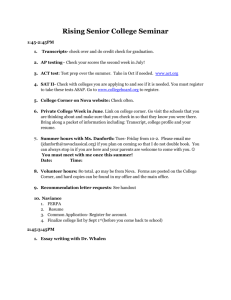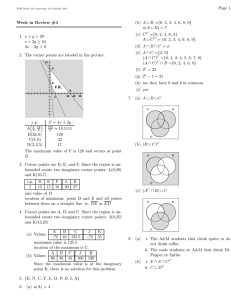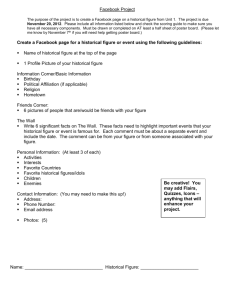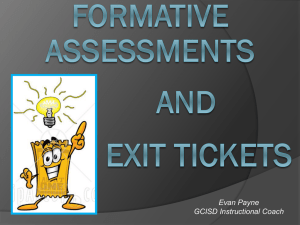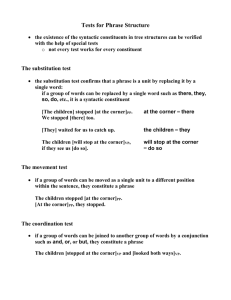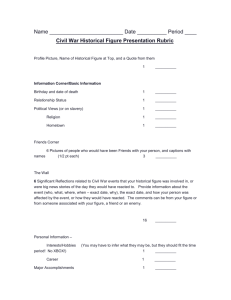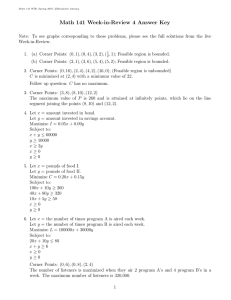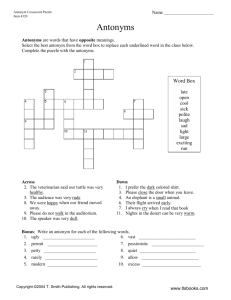Vocabulary Strategies for AP
advertisement
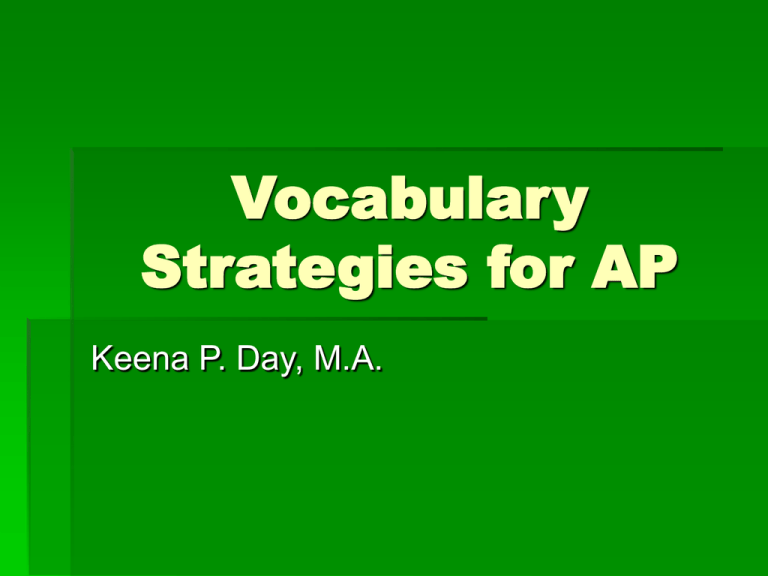
Vocabulary Strategies for AP Keena P. Day, M.A. Word-a-Day This looks like a web. The word you choose is in the middle. Then with lines connecting to it, complete the following about the word: Synonyms, antonyms Sentence relating the word (usually where you got it from) Variations and parts of speech Definitions Picture to help remember this word (optional) Frayer Model Fold the paper so that you have four equal squares. Draw a circle in the middle and put the word in the center. The first square has a definition and parts of speech The second square has examples of the word being used. The third square has non-examples of the word The fourth square has essential characteristics The Most Important Word While reading a text, you choose the most important word. This should be the word that you think embodies the message of entire text. Vocabulary Graphics On index cards, you place the word and the definition in the center of the card. In the top left corner, you write a sentence with the word. In the bottom left corner, write an antonym In the top right corner, you write a synonym In the bottom right corner, you can draw an illustration or another way to remember the word. Vocabulary Notebook Keep new words in a notebook dedicated to new vocabulary (not the iSpeak). Answer the following about each word: Word and page and text you saw it Word used in context (the original sentence) Predicted definition (you guess what the words mean) Dictionary Definition Antonyms A way to remember the word (symbol, association) PAVE (prediction, association, verification, evaluation) Write a sentence from the text Word Association or Symbol Predicted Definition One Good Sentence I Created Verified Dictionary Definition Another Good Sentence I Created


